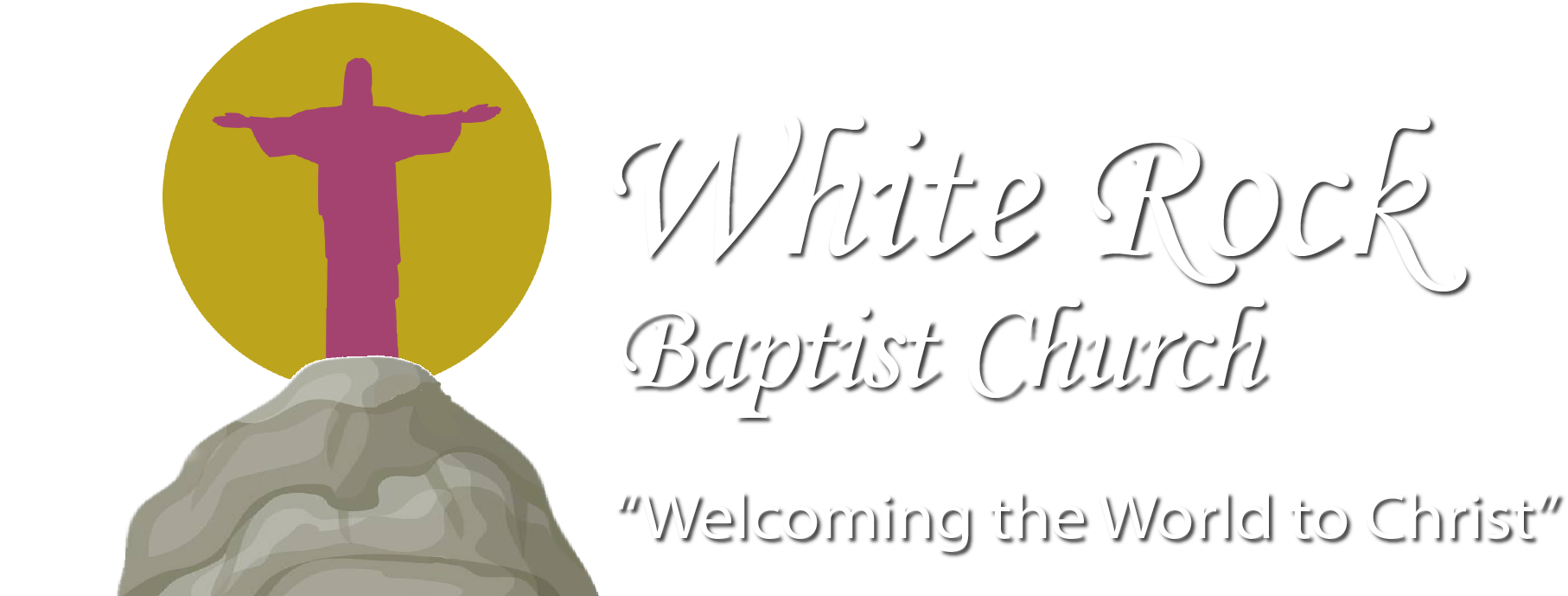I. About the Site:
- Login / Logout
Your website has two working parts – the “frontend”, which is what the public sees when indexing the URL for White Rock Baptist Church; and a “backend” that website administrators must log into to effect changes to content or administrate the website’s core structure.
- Site and Admin back end Navigation – “which” tools to “what” things.
Once inside of the website’s backend, there will be a list of administrative controls for WordPress on the left hand side of the page.
The items that your users and admins will use the most are:
Posts: A post is a page within the site’s blog structure. It has the ability for visitors to comment on the content. By default, a post has a right sidebar with widgets in it. But you can lay them out without a sidebar as I have done here.
Pages: A page is the main component of a WordPress structure. Visitors cannot comment on pages.
Events: This manages the Events Calendar. There are various submenu items that control aspects of the calendar’s behavior depending on what is required. There is also a special HELP section within the submenu that can guide any user through questions and How-To’s.
Plugins: These are the add-on features of your website that help it function (depending on what your website’s purpose). Plugins are made by third-party manufacturers that specialize in the development of it. New versions of plugins are released daily in response to ever increasing and varied ways that hackers and attackers exploit them. Sometimes, the updates may cause problems if not compatible and may cause crashes or disruptions.
The remaining items are used mostly for the design of the website, settings, security and theme engine. Unless you are an experienced WordPress and Divi developer, I do not recommend altering any of the site’s core files or security plugins with consulting.
- How to Add Site Users/Members
One of the WordPress Dashboard Menu items is USERS. Select it and you can add new users to your site and give them privileges. Ranging from Full Administrative on down to subscriber. This article explains user roles in detail.
- Site Security
There are 3 installed plugins that protect the website from cyber-attacks and spam: Akismet Anti-spam: Spam Protection, Sucuri Security – Auditing, Malware Scanner and Hardening and Wordfence Security.







